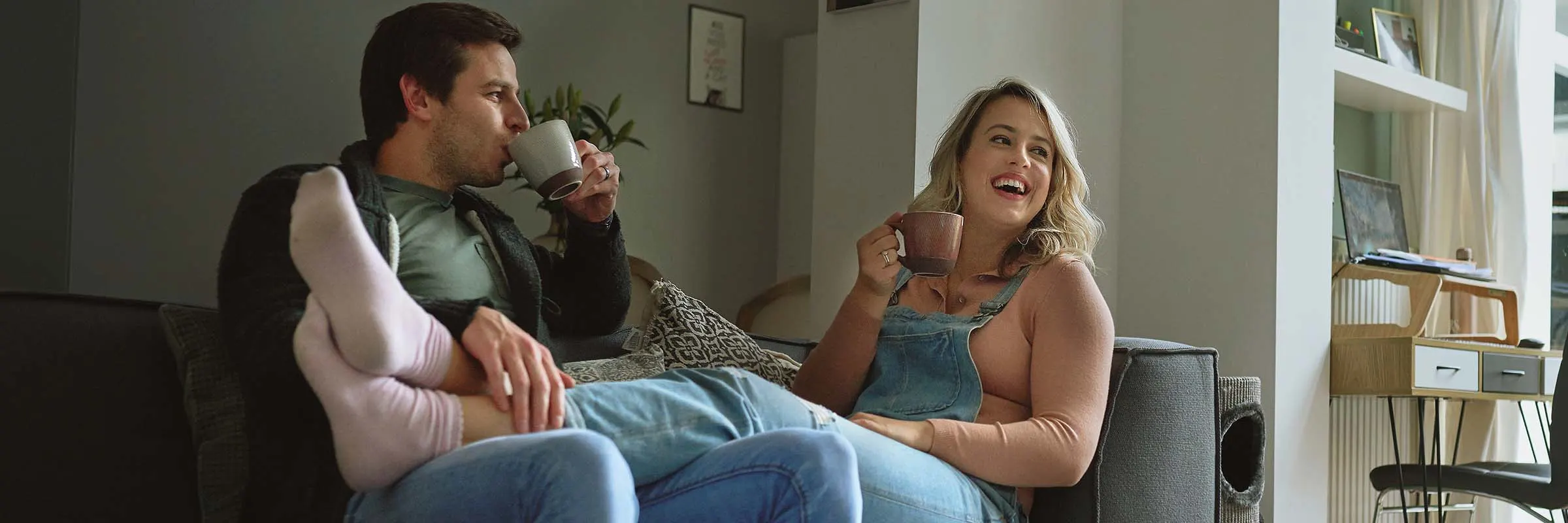What we'll cover
What an emergency fund is
Why you should have one
How much you should save
While you can’t plan for every possible “what if?” you can put your best financial foot forward and be prepared, should an unexpected occasion arise. That’s where an emergency fund comes in — to protect you when unanticipated costs come a-knocking. To help, we’ve assembled an overview of all things emergency fund to help ensure you’re prepared — what it is, why you need it, how much you should keep in one, how and where to get started — and in case things go south, when to use it.
What is an emergency fund?
An emergency savings fund is cash you put aside for a rainy day, like an unplanned expense or financial emergency. Some common uses for your emergency savings include:
Car or home repairs
Medical bills
Job loss or other unexpected decrease in income
How much should you have in an emergency fund?
How much cash you should stash in an emergency fund depends on a variety of factors. With a few quick questions, our calculator can help you identify how much you should aim to have in your emergency savings fund.
If you’re just getting started, you can follow a few simple guidelines so you’ll be covered should you need a little extra help for when things are financially uneasy. Three to six months is a good rule of thumb, but it’s not a one-size-fits-all answer. The specific amount you should save will vary based on your financial circumstances and your comfort level. Think about how much you spend each month on things like rent, utilities, food and transit. These are considered essential expenses. Total the cost of these necessities and multiply that sum by the number of months you want to save for (six, for instance) to determine your savings goal.
Why do I need an emergency fund?
An emergency fund is important because it can help bail you out of a tough situation. It’s an account that you can tap when you have an unforeseen expense that you can’t afford to pay for out of your regular checking account. It can also help keep you out of further debt, because you won’t have to rely on using your credit card (and possibly being unable to pay off the balance immediately) or taking out a high-interest loan to cover your unexpected expense. When you’re hit with a sudden expense, it can feel like an emergency — but that may not always be the case. Ask yourself these three questions to help you determine whether you should use your emergency savings:
Is it unforeseen?
Is it essential?
Is it urgent?
If you can answer at least two of these questions with a yes, then it’s likely that the situation calls for you to tap into your emergency fund.
Where should you put an emergency fund?
Building substantial emergency savings is a priority, but it’s also important to keep your funds in the proper place. You’ll want to keep your emergency fund in a liquid account that’s easily accessible, like our Ally Bank Savings Account or Money Market Account, where you can earn interest at a competitive rate and make withdrawals at any time. Once you meet your emergency fund goal, consider housing additional savings in CDs (Certificates of Deposit) or investing in stocks, bonds, ETFs or mutual funds, where your money has the potential to grow your wealth even more.
How do I build an emergency fund?
We know that starting anything is the hardest part. These strategies and methods laser in on small savings wins so you can start building a fund, even if there seems to be no extra wiggle room in your budget. Some quick tips to help you establish your emergency savings:
Set a monthly savings goal. Most people can’t hit their savings target immediately. So get in the habit of saving regularly and work toward fully funding your emergency account. Just give it time and consistency, and it’ll happen.
Start small, if you need to. Building an emergency fund doesn’t have to be a big financial commitment. Microsaving with spare change can also help build your savings.
Set up recurring transfers. When funds automatically transfer from checking to your Savings Account, you aren’t tempted to spend what you’ve set aside for a rainy day. And our buckets tool can help keep your emergency savings separate from your other savings, without different bank accounts or fancy math.
Consistently reassess and make adjustments. Three to six months’ worth of expenses can fluctuate based on significant life events such as marriage or buying a house, for example. So, you’ll want to adjust your emergency savings accordingly. And be on the lookout for opportunities to boost your savings with additional income (like your tax refund).
How do I build an emergency fund with my significant other?
In theory, building an emergency fund with your partner is just like saving on your own: You each set aside a portion of your paycheck each month to cover those unexpected but essential expenses. In reality, money can be a difficult topic for couples to tackle. If you and your plus one are new to financial discussions, start with a conversation. You can begin with the basics — budgets, spending habits, debts — but make sure you put everything on the table. Once you’re on the same page, you can discuss what your preferred approach to building an emergency fund is. Maybe you want to have a joint emergency fund and your monthly contributions will be based on a set percentage of your income. Or you might prefer to keep your finances separate and each take charge of your emergency savings. Whatever your approach, be open and direct to set a strong foundation.
Do your best to prepare for the worst
No one knows what the future holds. While it’s impossible to predict what it will be or when it will happen, a financial emergency is pretty much a fact of life. So, it’s important to be prepared for when that rainy day arrives. Making an emergency fund part of your monthly savings can set you up for success no matter what comes next.



